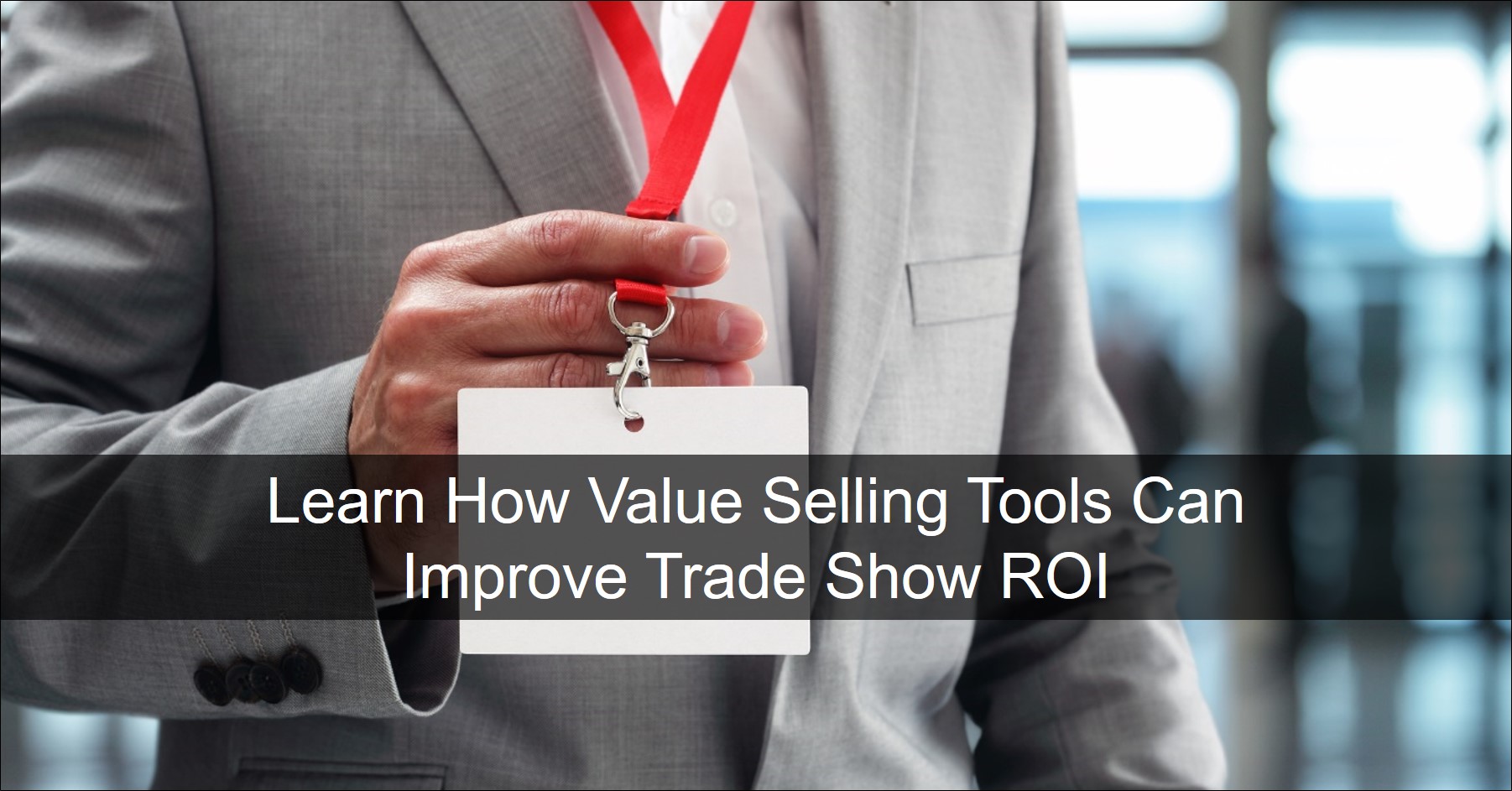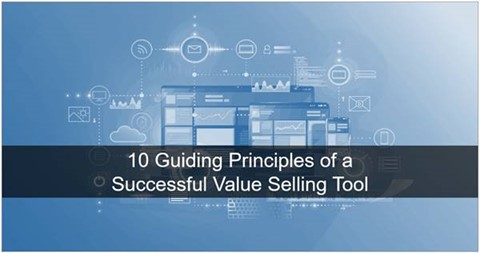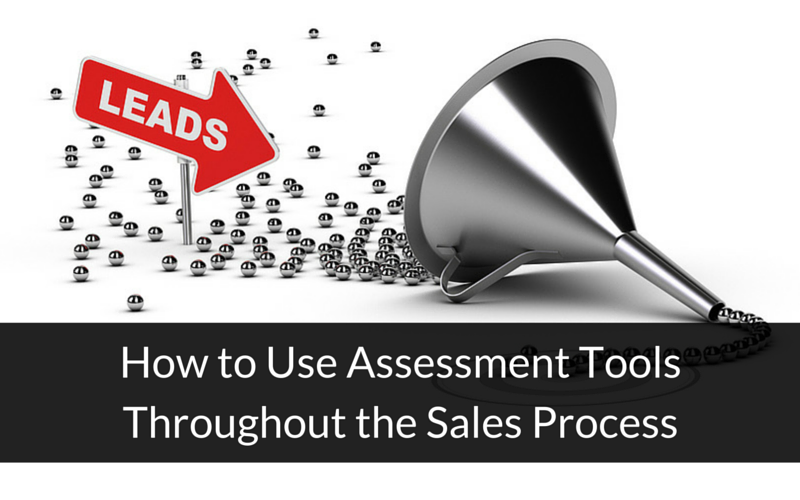Unlike digital marketing, live industry events allow sales teams to engage one-on-one with multiple prospects over a focused period of time. Value selling tools are a compelling way to attract enough qualified visitors to your booth to justify your investment. Try these tips at your next show.
What does it mean to be a successful salesperson, whether inside sales or otherwise?
Certainly, the ability to persuade is as important as is the knowledge of the solution for sale. However, the most successful salespeople approach each sale as though it were a battle; not in the negative sense, but in the strategic and tactical sense, from gathering intelligence and building a pathway, to partnership between your company and the customer’s business.
According to a recent study, nearly 50% of sales leaders are shifting from the field to inside sales. This shift, along with shorter sales cycles and easier access to competitor information, makes it more important than ever to ensure your inside sales team is well equipped to hold its ground against the competition with a value message, a value selling approach, and the tools (and reports) to back it up.
Selling software solutions isn’t as easy as it once was. Between the economic uncertainty and the increasing sophistication of buyers, you’ll need to work harder to convince companies that your solution is the right one for them.
Another change in the sales arena is new buying habits, often referred to in marketing speak as the “buyer’s journey”. Most if not all buyers perform advance research online, and only begin to speak with a sales representative towards the end of the sales cycle when they are nearly ready to make a decision.
This means that when the time comes, not only must you be able to justify your price, but you also need to be able to show value. You can no longer expect to slide in to win a sale merely with the strength of a flashy presentation and a ready-made proposal.
How many sales techniques and methods have you trained in, read about, or considered for your sales team? There are lots of them out there, each purporting to help you get in there and lock down that sale.
Recently, I ran across a review of well-known sales methodologies for closing complex sales by David Peralta, the content marketing manager at iSEEit. He talks about several methods into which I believe value selling tools would neatly fit.
Read on for an overview of six sales methods from Peralta’s guide and how value selling tools and calculators can enhance these practices.
Buyers tend to take the same journey every time they make a high-commitment purchase. They realize there is a problem and begin researching potential solutions. Unfortunately, they are not always methodical in their search.
As a value-seller, there are tools you can use to help steer them in the right direction. Even though today's buyers have gone further into the sales cycle before contacting you, some of these tools are meant to help prospective customers before they signal their readiness for a sales contact.
Other tools help your sales representatives build a convincing business case to take to the financial decision makers. Whatever the situation, here are four steps to help you fill your value selling toolbox.
Because an assessment tool is so engaging, it can be used at every step of the sales process.
Essentially, an assessment tool is a versatile tool that can be designed to evaluate specific situations and guide the prospect through a customized line of inquiry based upon their answers to previous questions. This process helps the prospect have a better understanding of the problem at hand and the type of solution s/he needs.
Here’s how these tools can be leveraged at every step of the sales process.
Has your sales cycle grown longer and more complex? Are you challenged by new buying behaviors that exclude you in the early stages of discovery? Chances are you’re also faced with more restrictive corporate and financial oversight, which shifts purchasing authority to CFOs and inter-departmental committees.
How can you get the attention of buyers and decision makers in such a dynamic sales environment? A proven approach is value selling, a strategy that develops distinct sales messages focused on the bottom line. When all is said and done, prospects want to know how investing in your solution helps save money, increase sales and revenue, and achieve pertinent business goals.
Sometimes the earliest stage in the buying process isn't when a prospect realizes he or she has a problem. It’s a nagging feeling they have about the status quo. Even though things are going well, they still feel they could somehow be better.
This is an opportunity for sellers and marketers. Your job is to paint a vision of what “better” looks like (including, hopefully, the idea that your product or solution can help prospects get there).

















